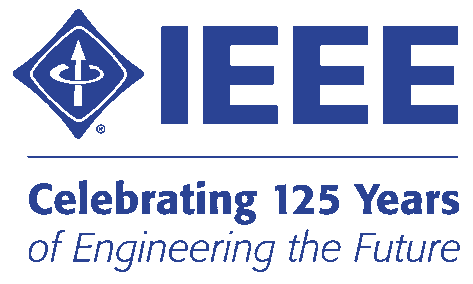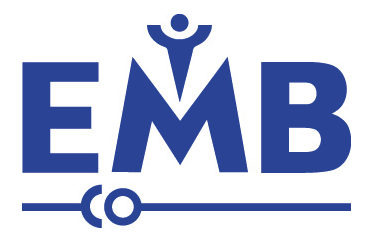| events | executive | news |
The EMBS Chapter of the IEEE Ottawa Section was recognized as the Best Ottawa Chapter in 2008, 2010, 2014, 2019, and 2022 and received the Outstanding Chapter Award from IEEE EMBS in 2011!
Engineering solutions to Cardiology problems: a match made in Ottawa?
Clinician-Scientist and Staff Cardiologist, Department of Electrophysiology, University of Ottawa Heart Institute
Assistant Professor, Division of Cardiology, Department of Medicine, University of Ottawa
October 6, 2015 13:00 - 14:00
Mackenzie Building Room 3356, Carleton University
Registration not required.
abstract
Cardiovascular disease is the biggest cause of premature death in Canada. In 2015 two of the most pressing problems we face are how to prevent and abort sudden cardiac death and how to prevent and detect Atrial Fibrillation. Current measures will continue to fail because of a lack of an effective method of early identification of those at risk.
The revolution in biomedical engineering offers us new opportunities to solve these massive public health problems. Technology born from cooperation between Biomedical Engineers and Cardiologists has the potential to save lives while providing jobs and employment for Canadians.
Aims and Objectives
After this talk you should be able to:
- appreciate the scale and urgency of the problems
- understand the pathophysiology of each problem sufficiently to conceive engineering solutions
- identify and overcome difficulties in working with patients and Cardiologists
- collaborate effectively with Cardiologists in Ottawa
biography
Dr. Calum Redpath is a Clinician-Scientist and Staff Cardiologist in the Department of Electrophysiology at the University of Ottawa Heart Institute and Assistant Professor in the Division of Cardiology, Department of Medicine at the University of Ottawa.
Dr. Redpath received undergraduate medical training in Glasgow, Scotland and was awarded membership of the Royal College of Physicians & Surgeons of Glasgow (MRCP) in 2000. The work of his Ph.D. studied human cellular cardiac electrophysiology. He joined the Heart Institute in 2010.
Last updated September 29, 2015


